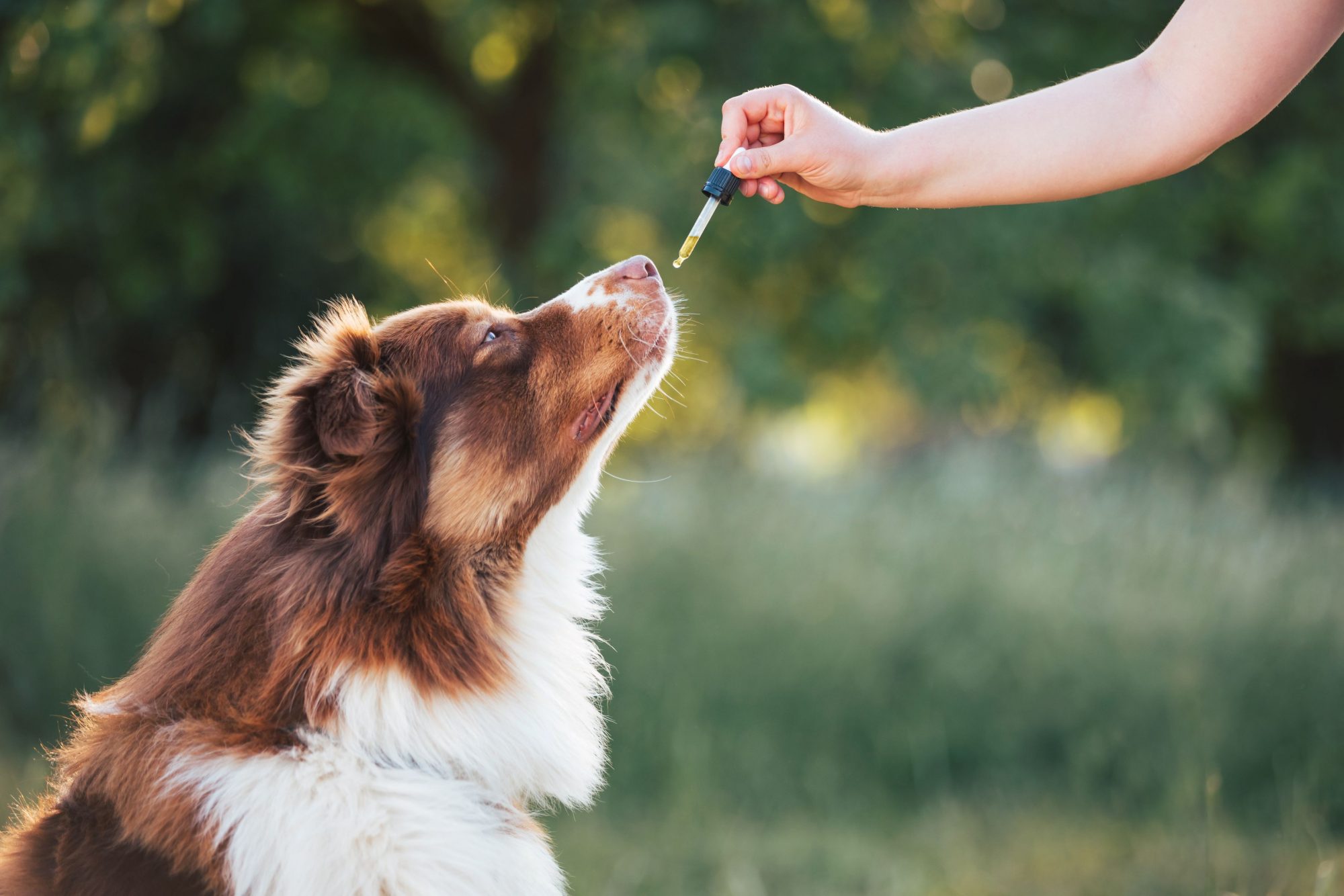Posts in Category: Pet Safety
Alternative Remedies for Anxiety in Pets

No one wants their pets to be anxious or stressed, yet anxiety in one form or another is not an uncommon diagnosis at The Bluffs Pet Clinic. While it may not seem like your pet has a whole lot to worry about, anxiety in pets can cause real problems.
Continue…Protecting Your Pal From Common Tick Diseases in Pets

What’s small, has eight legs, and feeds off the blood of humans and animals?
You got it, ticks. These tiny parasites are not only gross, but they can also spread disease to both people and pets. Thanks to an increase in the geographical distribution of ticks throughout the country, tick diseases in pets are being diagnosed with greater frequency in recent years.
Tick-borne illnesses in pets can cause big problems, and may even be life-threatening in some cases, making knowledge of these illnesses an important part of responsible pet ownership.
Lyme Disease
Lyme disease is the most well-known of the tick diseases in pets, and is transmitted by the Brown Deer Tick. The tick must be attached to the host for more than 4-8 hours in order to pass along the Lyme disease bacteria, and symptoms (if any) tend to pop up about 2-5 months after the tick bite.
Signs your pet may have Lyme disease include fever, joint pain/swelling, limping, lameness, swollen lymph nodes, and lethargy. Lyme disease is notoriously difficult to detect, and can cause recurring health problems. Your veterinarian can help you to determine if your pet is a good candidate for the Lyme disease vaccine.
Other Tick Diseases in Pets
- Rocky Mountain spotted fever – Unlike its name, Rocky Mountain spotted fever is not limited to the western United States. The disease, which is carried by the American Dog Tick, Rocky Mountain Wood Tick, and Brown Deer Tick, has been found throughout North, South, and Central America. Symptoms include fever, swollen lymph nodes, joint pain, and loss of appetite.
- Ehrlichiosis – The Brown Dog Tick is the most common carrier of ehrlichiosis, which can cause fever, respiratory distress, swollen lymph nodes, weight loss, and bleeding disorders.
- Babesiosis – The signs of babesiosis infection include fever, dark urine, weakness, depression, swollen lymph nodes, and sudden collapse.
- Anaplasmosis – Fever, joint pain, lethargy, and loss of appetite may accompany an anaplasmosis infection.
Year-Round Protection
It can be tempting to skip your pet’s monthly parasite preventive during the colder months, but any lapse in protection puts your pet at risk. Ticks can be brought into Minnesota at any time of the year via tourism, and a few unseasonably warm days may be all that’s needed to bring hibernating tick nymphs out of hiding. It’s also important to note that Lyme disease-carrying ticks remain active as long as the temperature is above freezing.
In addition to a monthly parasite prevention protocol, be sure to check your pet for ticks each time they come in from outside. If you find a tick, remove it by grasping the head with a pair of tweezers and pulling straight out, being careful not to squeeze. Drown the tick in rubbing alcohol or flush it down the toilet to dispose of it.
If you have further questions about tick diseases in pets, or need to make an appointment for your furry friend, don’t hesitate to contact your partners in pet care at The Bluffs Pet Clinic.
Thanks to an increase in the geographical distribution of ticks throughout the country, tick diseases in pets are being diagnosed with greater frequency in recent years.
The Safe Side: How to Prevent Antifreeze Poisoning in Pets

Each season brings an array of unique hazards. Winter increases a pet’s risk of hypothermia, aching, arthritic joints, and frozen paw pads. Unfortunately, antifreeze is also highly toxic to pets. What’s worse, the smell and taste of antifreeze doesn’t warn them that it’s unsafe. Antifreeze poisoning in pets is a very real threat this time of year, and prevention is key.
Continue…The Right Winter Gear for Pets Makes All the Difference

Between sweaters, vests, booties, and parkas, there’s simply no shortage of excellent winter gear for pet options out there. Now, your pet may have a different opinion on the subject, but once they feel the warmth and comfort, they’ll want to wear it all season long.
Aren’t They Born For It?
Continue…How to Keep Your Pets Safe During the Holiday Season

The holiday season is upon us! With the excitement of the season can come potential hazards to your beloved dog or cat. Dangers can lurk in baked treats, festive decorations, candles, and more. Make sure to celebrate the holiday season in a way that encourages pet safety with these tips from The Bluffs Pet Clinic:
Continue…What to Know About Pet Cancer

Most species of animals can develop cancer. Dogs, especially larger and older dogs, are at a greater risk for cancer than our cats. Arming yourself with knowledge about pet cancer can help you make the most informed decisions should you ever come into contact with this disease.
Continue…National Immunization Awareness Month: All About Pet Vaccines

Thanks to significant advances in veterinary science and an increased understanding of animal behavior and welfare principles, pets are living longer and healthier lives than ever before. Part of their continued wellness is the prevention of communicable diseases through improved hygiene, preventive care, and of course, pet vaccines.
Knowing which vaccines your pet needs―and when―is an important part of pet ownership. At The Bluffs Pet Clinic, we take your pet’s preventive care seriously. We aim to help you determine which pet vaccines your pet needs and when they need them.
Continue…Pet Safety in the Great Outdoors

Nice weather is finally arriving in the great state of Minnesota, and at The Bluffs Pet Clinic we are excited to venture outdoors with our four-legged friends. As we head out hiking, swimming, camping, and otherwise enjoying nature, though, it is important to keep pet safety in mind.
Great Dangers in the Great Outdoors
When considering the outdoors with our pets, there are many wonderful things to enjoy. Long nature walks, fishing excursions, and cookouts with friends are the things memories are made of.
Continue…Plan for an Emergency, Ensure Pet Safety

Blizzards, fires, tornadoes, and floods are all things we experience here in Minnesota. While rare, natural disasters aren’t impossible, and planning for the worst is part of an effective defense. In other words, by imagining terrible scenarios, you can prepare for them.
Upholding pet safety is a day-to-day occurrence, and must remain a high priority in the face of life-threatening circumstances.
Continue…Don’t Eat That! Pet Poison Prevention Tips To Keep Your Pets Healthy and Happy

It is impossible to watch your pet every second of the day, and sometimes our furry family members can get into food, plants, or household items that could be dangerous to their health.
The team at The Bluffs Pet Clinic wants to help you understand more about what is considered toxic for your animals so you can master pet poison prevention in your home and avoid an unfortunate accident.
Continue…
